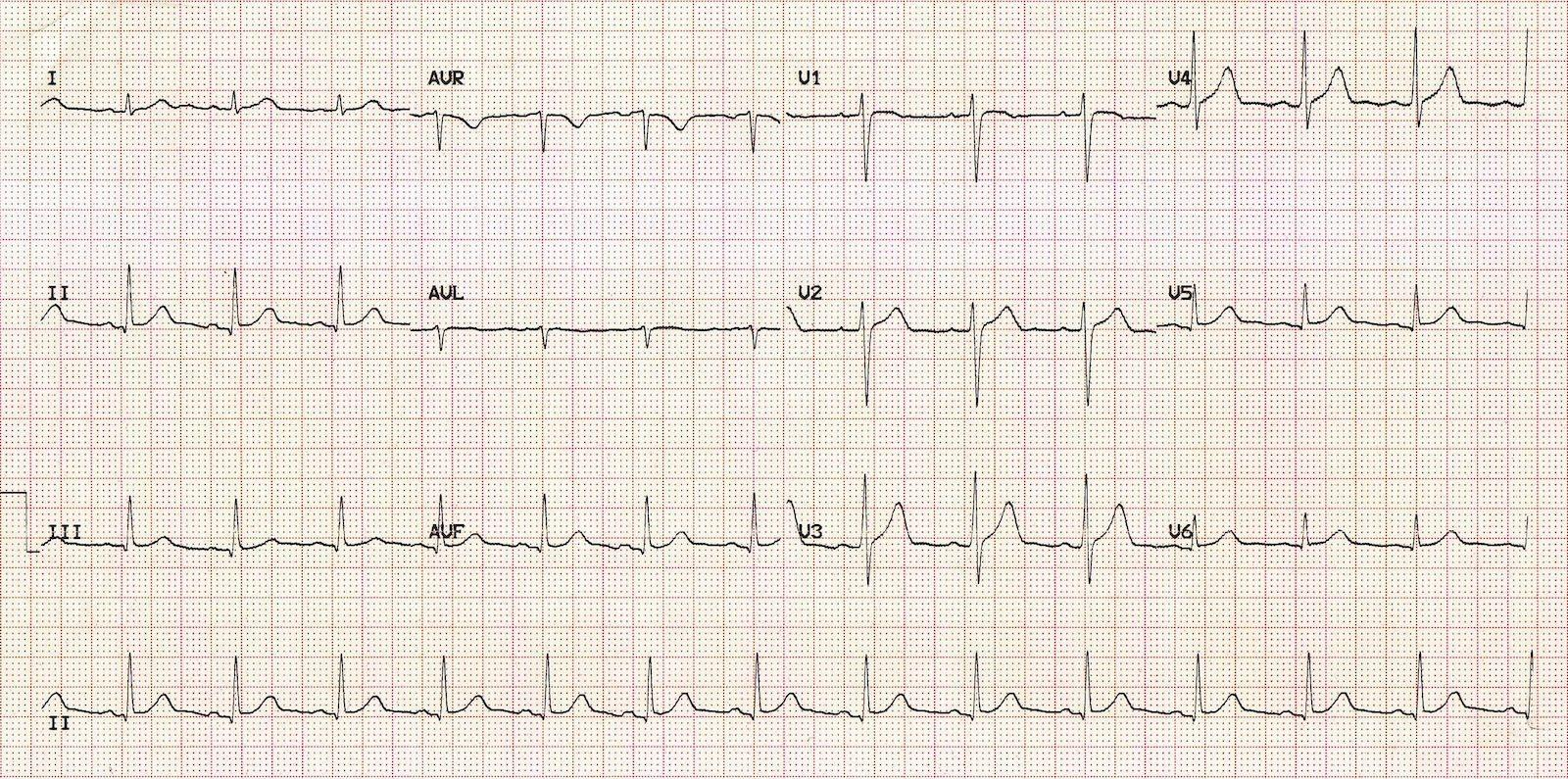Assessment Flashcard 5
Rationale
D. Rationale: The primary assessment is performed by a trained healthcare provider such as an emergency medical service (EMS) team member, a nurse, or a physician.
Question
At the emergency department, the consultant asks you to perform the primary assessment on a patient who has just presented. Who among the following healthcare providers can perform the primary assessment?
a. EMS personnel
b. ER triage nurse
c. ED physician
d. Any of the above
Answer
d. Any of the above
Rationale
C. Rationale: Beginning at 24 hours after ROSC, MRI is the most sensitive to changes in the brain that might affect recovery. From ROSC until 24 hours, a CT of the brain is recommended.
Question
Beginning at 24 hours after ROSC, the radiological assessment modality of choice is:
a. Head CT
b. Skull X-ray
c. MRI of the brain
d. Radiological assessments are not required 24 hours after ROSC
Answer
c. MRI of the brain
Rationale
D. Rationale: Checking the patient for normal breathing is part of the BLS assessment.
Question
Checking the patient for normal breathing is part of the:
a. Tertiary assessment
b. Secondary assessment
c. Primary assessment
d. BLS assessment
Answer
d. BLS assessment
Rationale
C. Rationale: Checking the patient’s glucose level is part of the primary assessment.
Question
Checking the patient’s glucose level is part of the:
a. Tertiary assessment
b. Secondary assessment
c. Primary assessment
d. BLS assessment
Answer
c. Primary assessment
Rationale
C. Rationale: Checking the patient’s neurologic function is part of the primary assessment.
Question
Checking the patient’s neurologic function is part of the:
a. Tertiary assessment
b. Secondary assessment
c. Primary assessment
d. BLS assessment
Answer
c. Primary assessment
Rationale
C. Rationale: Closed-tube thoracostomy is a procedure that uses a silicone tubing that is inserted within the thoracic cavity to evacuate air or fluid. The goal is to relieve excess intrathoracic pressure affecting the lungs and mediastinal structures.
Question
Closed-tube thoracostomy is a recommended intervention to reverse which of the following causes of cardiac arrest?
a. Hypothermia
b. Hypovolemia
c. Tension pneumothorax
d. Cardiac tamponade
Answer
c. Tension pneumothorax
Rationale
C. Rationale: ROSC is much more likely when a coronary perfusion pressure of ≥ 15 mm Hg is achieved during CPR. Providers must keep this in mind while performing chest compressions.
Question
Coronary perfusion pressure is one of the factors that increases myocardial blood flow and the likelihood of ROSC in patients with cardiac arrest secondary to ventricular fibrillation and pulseless ventricular tachycardia. While performing CPR, what is the lowest limit (in mm Hg) of coronary perfusion pressure that one should administer to achieve ROSC?

a. 5 mm Hg
b. 10 mm Hg
c. 15 mm Hg
d. 20 mm Hg
Answer
c. 15 mm Hg
Rationale
B. Rationale: Providing supplemental oxygen at the highest setting delivers the maximal inspired oxygen dose. (Adjuncts for ACLS: Bag-Mask Ventilation)
Question
During CPR, positive pressure ventilation via a bag-mask connected to an oxygen supply is administered at the rate of 2 ventilations for every 30 chest compressions. At the beginning of CPR, the team should give supplementary oxygen at:
a. Never at the highest setting
b. At the highest setting (FiO2 100%)
c. Only if the patient has been in a drowning incident
d. Between 2 to 3 liters per minute
Answer
b. At the highest setting (FiO2 100%)
Rationale
D. Rationale: ETCO2 can be defined as the partial pressure of end-tidal CO2, a measure of the amount of CO2 present in the patient’s exhaled air.
Question
ETCO2 represents:
A. The amount of carbon dioxide present in inhaled air
B. The O2 to CO2 ratio
C. The amount of CO2 present in room air
D. The amount of carbon dioxide present in exhaled air
Answer
D. The amount of carbon dioxide present in exhaled air
Rationale
A. Rationale: When a patient has undergone TTM, prognostication should start 72 hours after the patient has returned to normothermia.
Question
For a patient who has undergone targeted temperature management, prognostication should start how many hours after the patient has returned to normothermia?
a. 72 hours
b. 48 hours
c. 24 hours
d. 12 hours
Answer
a. 72 hours